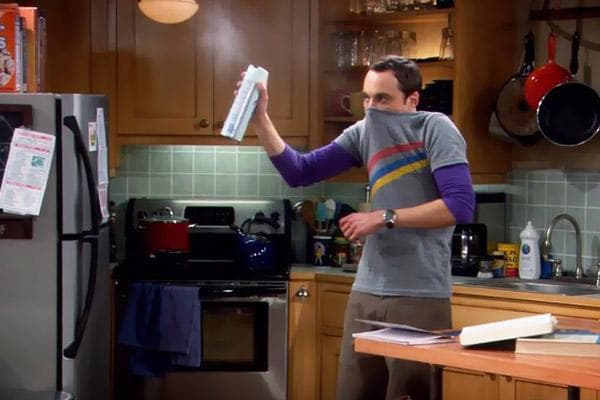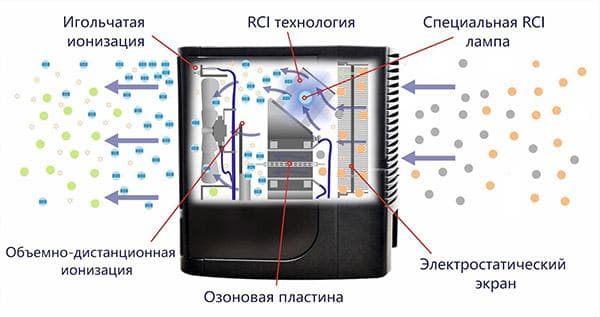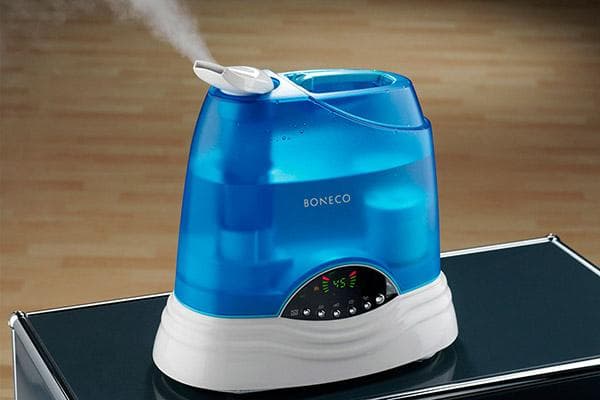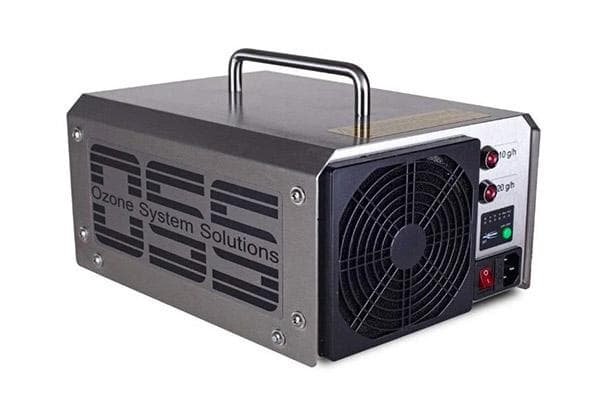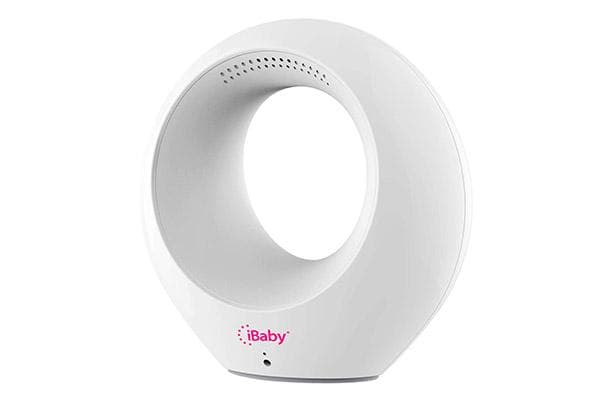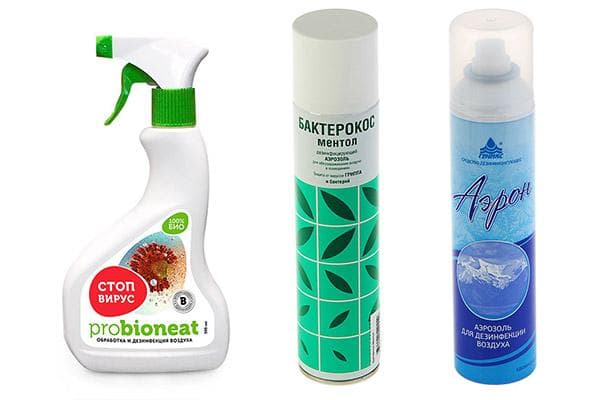Air purification from viruses: a list of devices and sprays that can handle this
For high-quality disinfection of a room, wet cleaning is not enough. To kill all germs, you need a virus and bacteria air purifier. Hospitals use quartz lamps. But there are a lot of other effective devices and means: ozonizers, ionizers, humidifiers and air purification sprays.

Why do you need an air disinfectant?
Just as we disinfect hands, floors and furniture, we can purify the air. The surrounding space is teeming with bacteria and viruses. Many of them are not dangerous. But a small percentage can cause severe illness.
Viruses and bacteria live for a long time on surfaces contaminated with human secretions: saliva, blood and others. Slightly fewer microbes in the dust. If the air in the room is still and dusty, the risk of contracting some kind of infection seriously increases.
Indications for air disinfection at home:
- one of the family members is sick with a contagious infection;
- presence of small children;
- presence in the family of people with severe chronic diseases;
- big family;
- frequent receptions of guests;
- epidemics.
All of these factors create an increased risk of infectious diseases. Children and the elderly are especially hard hit.
Air disinfection in combination with surface treatment reduces the risk of acute respiratory viral infections, influenza, coronavirus and other diseases to a minimum.
Devices for purifying air from viruses and bacteria
Clean air is as much a guarantee of health as healthy food.Various devices help improve its quality. They all have different operating principles. Some purify the air by taking it and passing it through a filter system. Others literally disinfect indoor space through exposure to certain substances or rays (for example, ozone or ultraviolet light).
Humidifier
The main purpose of the device is to saturate the air with moisture.
A humidifier does not kill viruses and bacteria in the literal sense of the word, but prevents their reproduction. It has been experimentally proven that at a humidity of 80% and a temperature of 20 degrees, the influenza virus stops spreading.
This partly explains why outbreaks of acute respiratory viral infections and influenza occur in autumn and winter. At this time, the rooms begin to heat up and the air becomes much drier. Air humidity often falls below 15%, when the recommended minimum is 30%.
Of course, achieving a humidity level of 80% is practically impossible in reality. To do this, the device would need to evaporate approximately 1 liter of liquid per hour. And it’s difficult to be in such a humidified room.
Maintaining a humidity level of 45-60% indoors is enough to reduce the spread of bacteria and viruses.
In addition, the humidifier binds dust and dirt. And advanced devices such as air washers not only humidify, but also purify the air through filtration. After collection, it passes through a filter system, is moistened and comes out cleaned.
Ozonator
Ozone is a gas that has the properties of a powerful oxidizing agent. It destroys viruses, fungi and bacteria in a very short time. In nature, ozone is produced by lightning. In the ozonizer, gas is formed due to electrical discharges.
Ozone can be used to saturate not only air, but also water.It is used for cleaning swimming pools, nurseries and warehouses, and for sterilizing medical instruments.
In small doses, the gas is believed to help cure many diseases. However, the effectiveness of ozone therapy has not been proven. But the disinfecting effect of ozone is yes.
Ozonizers are not inferior in efficiency to chlorine-containing solutions and destroy 99.9% of microorganisms. Complete disinfection is observed at a gas concentration of 0.4–0.5 mg/m3. When using a professional ozonizer, the effect is achieved in 2 minutes, while a household one – in about half an hour. After this, the room must be ventilated for 1.5–2 hours.
In high concentrations, ozone is dangerous to humans. When there is an excess of it, a burning sensation in the lungs, dizziness, cough, shortness of breath, and nausea occur.
Ionizer
Ionizers are often confused with ozonizers. However, these devices are fundamentally different. The ionizer releases charged particles. The discharge causes electrons to fly apart, after which they are captured by oxygen molecules.
The ionizer does not have a bactericidal effect, but effectively cleans the air, as well as liquids and gas, from solid particles: allergens, dust, toxins.
True, all the pollution settles on the walls, floor and furniture. Air ionization provokes a precipitation reaction. To get rid of viruses and bacteria, after ionization it is necessary to clean hard surfaces with a disinfectant solution.
Anti-virus air spray
You can clean the air with a disinfection aerosol. The following drugs are popular in Russia:
- “Aeron” (370 rubles for 250 ml);
- “Probioneat Stop virus” (270 rubles for 550 ml);
- “Bacterokos” (550 rubles for 405 ml).
The disinfecting spray destroys bacteria, fungi and viruses (causing acute respiratory viral infections, acute respiratory infections, influenza H5N1, H1N1, atypical pneumonia, tuberculosis, hepatitis, herpes, rotavirus, enterovirus, adenovirus and other infections).
To purify the air, the aerosol is sprayed upward above your head. 2–6 clicks are enough to cover a space within a radius of 1 m3 cleared. On average, 50 ml of product is enough to treat a room of 37.5 m23.
A personal disinfectant can be used at home, in the office, in the car, or in a public place. They clean not only the air, but also surfaces.
Bacteria and viruses are not dangerous in open spaces. In moving air they quickly die. However, indoors, microbes can multiply at a catastrophic rate. Especially if there is a patient in the room who is sneezing and coughing.Various air purifiers are designed to minimize the risk of infection. To do this, you need to use devices correctly, disinfect surfaces, and periodically ventilate rooms. Then your health will be fine, and you can forget about many diseases!
